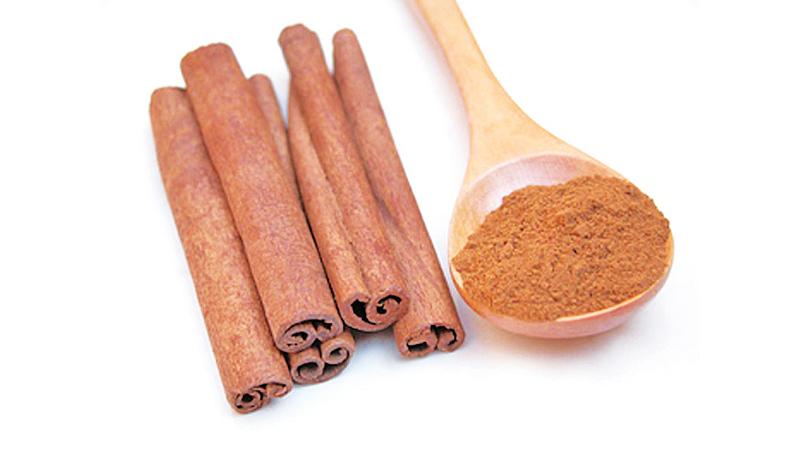
Sri Lanka is the leading exporter of true cinnamon to the world and holds almost 80% of the global pure cinnamon market.
However, the exporters of Ceylon Cinnamon to the world market, particularly within the European Union (EU) and North American markets, face rising competition from substitutes such as Cassia and other varieties of cinnamon supplied by Madagascar and the Seychelles.
The Export Development Board (EDB) is working with the cinnamon industry to obtain Geographical Indication (GI) for Ceylon Cinnamon within the EU to assist cinnamon exporters to overcome this challenge.
The EDB also worked in coordination with UNIDO and government and private sector stakeholders such as the Department of Export Agriculture, the Spice Council, and the Spices and Allied Products Producers and Traders Association to meet the technical requirements to obtain GI in the EU. The EDB has finalised Ceylon Cinnamon specifications for cinnamon products in concurrence with the stakeholders of the cinnamon industry.
The product specifications included in the GI document need to be implemented and practiced throughout the supply chain by growers, processors, traders, and exporters to obtain membership of the Ceylon Cinnamon Geographic Indication Association (CCGIA), which has been set up to hold the ownership of Ceylon Cinnamon GI. The association will represent all the stakeholders in the cinnamon industry in Sri Lanka.
Those involved in the cinnamon supply chain need to be registered and obtain membership of the CCGIA to export Ceylon Cinnamon to the EU region under the ‘Ceylon Cinnamon’ name.
The responsibility of the CCGIA is to implement an internal control mechanism to monitor its members meeting the specifications stated in the GI specification document. In this regard, the cooperation and active participation of the cinnamon industry stakeholders including growers, manufacturers, traders, and exporters will be obtained by the CCGIA.
As a part of this initiative, the Department of Export Agriculture is working to implement Good Agriculture Practices (GAP) for cinnamon growers and Good Manufacturing Practices (GMP) for cinnamon processors.
The acceptance of GI status for Ceylon Cinnamon is a great achievement by all the stakeholders of the cinnamon industry who worked hand-in-hand with the EDB to see Ceylon Cinnamon registered as the first GI in Sri Lanka.
The EDB has already conducted workshops to create awareness about Ceylon Cinnamon GI and the CCGIA in Colombo, Galle, and Matara districts.
The next workshop will be held in Ratnapura next month. Arrangements have already been made to register members for the CCGIA from these districts.
